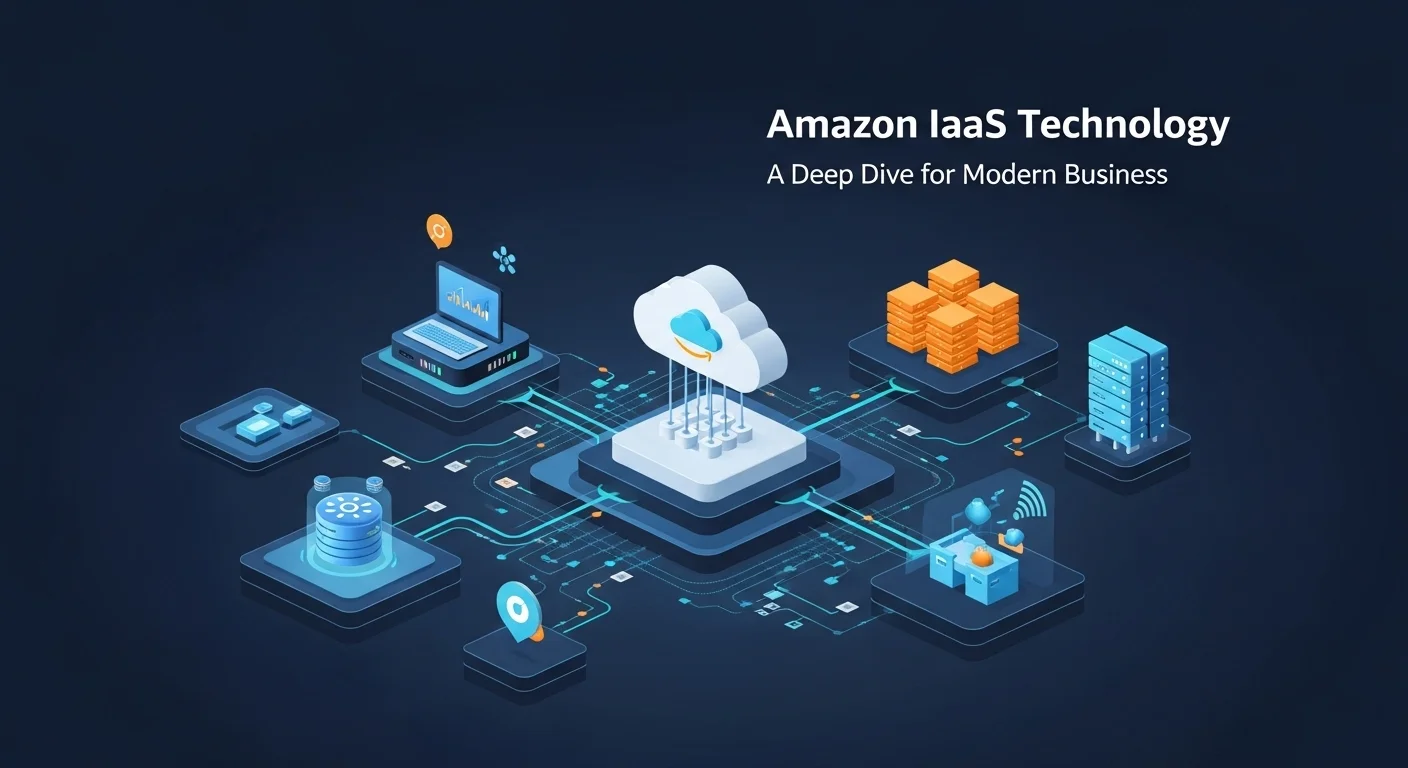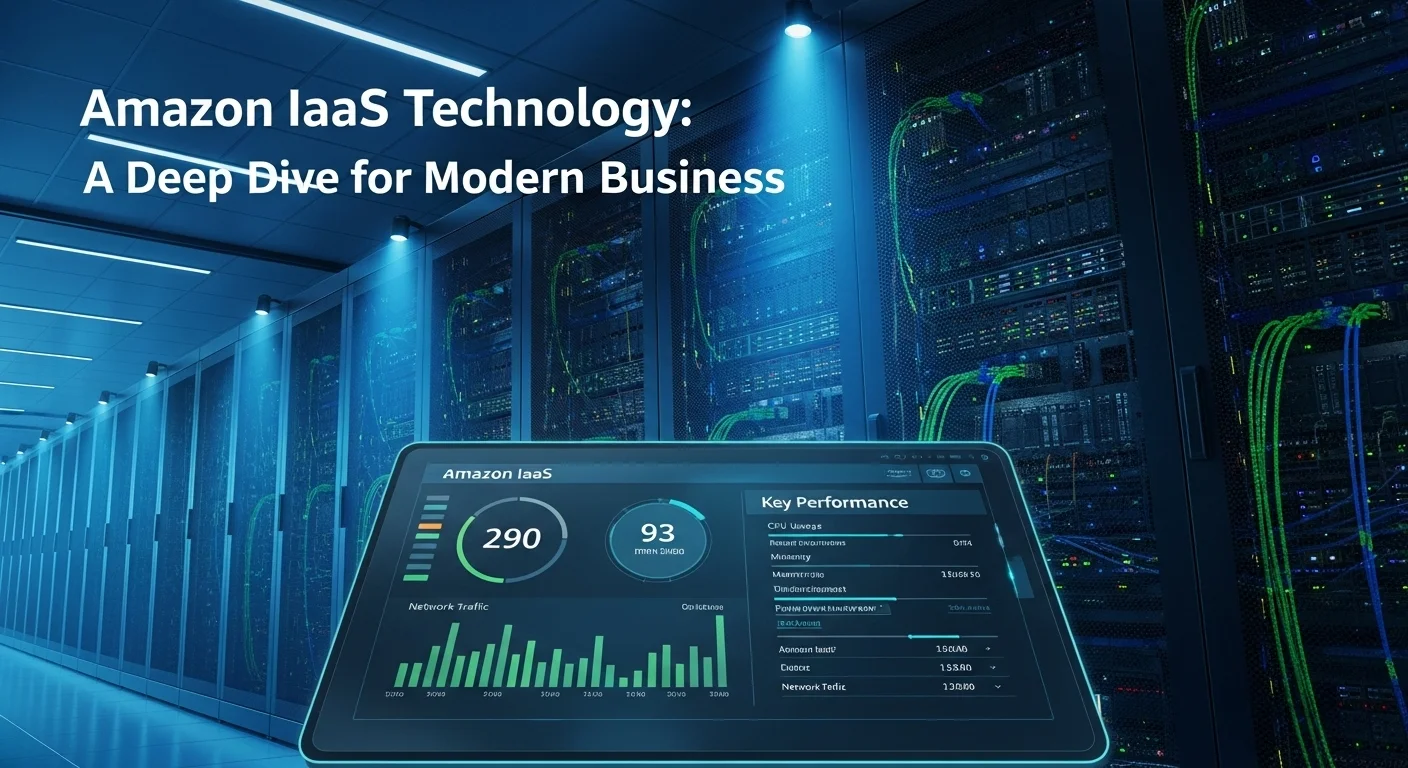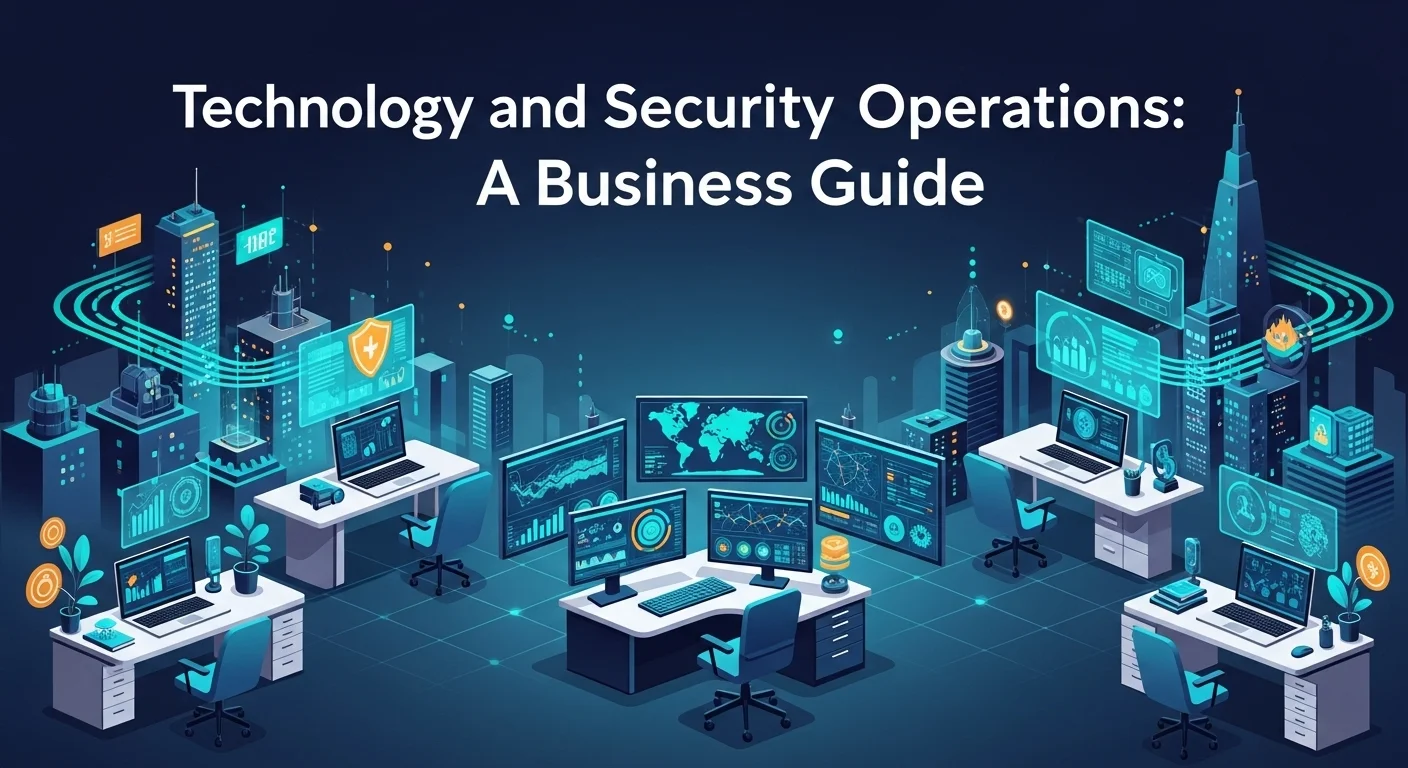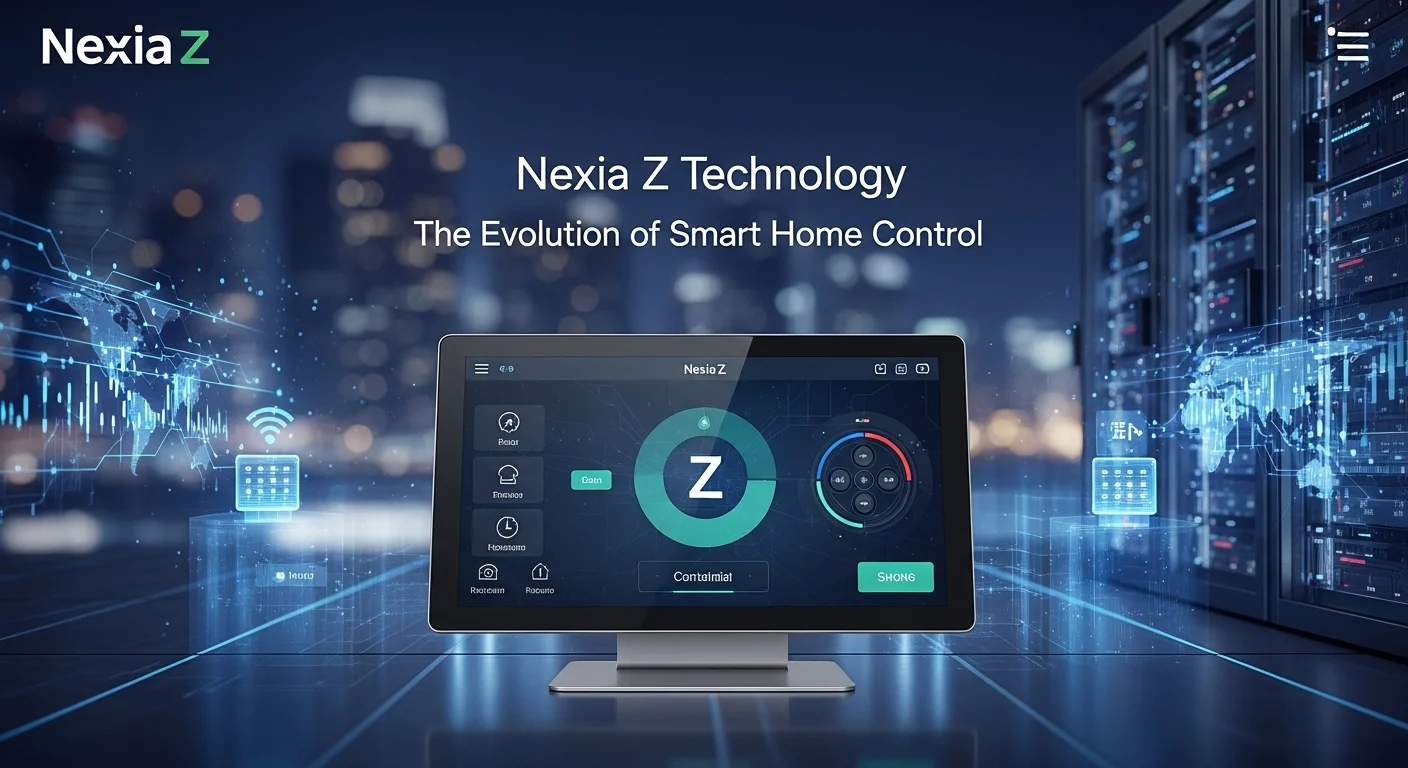My Guide to Amazon IaaS: From Basics to Business Breakthroughs

Executive Summary
When I first started in tech, getting a new server meant weeks of paperwork, waiting for delivery, and hours of setup. The cloud, specifically Amazon's Infrastructure as a Service (IaaS), changed everything. It's not just a buzzword; it’s a fundamental shift that has empowered businesses of all sizes to innovate at a speed we once only dreamed of. This article is my personal guide to understanding Amazon IaaS. We'll cut through the jargon and get to the heart of what it is, why Amazon EC2 is its cornerstone, and how you can use these powerful building blocks—compute, storage, and networking—to build something amazing. Whether you're a CEO trying to understand the cloud's potential or a developer ready to build, this is for you. I want to show you how to leverage this technology to not just cut costs, but to build more resilient, powerful applications and gain a real competitive edge.
Table of Contents
Table of Contents
What is Amazon IaaS and Why Does It Matter?
In the world of technology, 'cloud computing' has completely changed the game. At the very foundation of this revolution is Infrastructure as a Service, or IaaS. Think of it as the ground floor of the cloud. And when it comes to IaaS, Amazon Web Services (AWS) is the name that leads the pack. For any business looking to stay competitive, understanding Amazon's IaaS isn't just a good idea—it's essential. This model lets you rent the fundamental IT infrastructure—servers, storage, and networking—on a simple pay-as-you-go basis. This means you can say goodbye to the massive expense and headache of owning and maintaining your own physical hardware. It levels the playing field, giving startups the same access to powerful infrastructure as huge corporations.
IaaS vs. PaaS vs. SaaS: A Simple Analogy
To really get what IaaS vs. PaaS vs. SaaS is, it helps to understand its siblings: PaaS (Platform as a Service) and SaaS (Software as a Service). Imagine you want to open a pizzeria.
- IaaS is like leasing an empty commercial space. You get the land, the building, and the utilities (the infrastructure). But you have to bring in your own ovens, ingredients, and staff (the operating system, applications, and data). You have total control and flexibility. This is what Amazon's IaaS model provides.
- PaaS is like leasing a fully equipped kitchen. The ovens and workspaces are already there. You just need to bring your unique recipes and ingredients (your code and data). It’s less flexible, but you can get cooking much faster.
- SaaS is like ordering a pizza for delivery. You don't worry about the kitchen or the ingredients at all; you just get the finished product. Think of services like Gmail or Netflix.
Amazon EC2: The Heart of AWS IaaS
When people talk about IaaS on AWS, they're almost always talking about Amazon Elastic Compute Cloud, or EC2. So, what is it? Simply put, EC2 is a service that provides virtual servers in the cloud, which AWS calls 'instances.' This is the very definition of IaaS because it provides the raw compute power. You get a virtual machine and you decide everything: the operating system (Windows or Linux), how much processing power it has, the amount of memory, and the type of storage. AWS takes care of the physical building, the power, the cooling, and the hardware maintenance. You are responsible for managing everything from the operating system up, including security patches and software installation. This is why we say Amazon EC2 is IaaS; it gives you the infrastructure and leaves the rest to you, offering maximum control.
The Real-World Benefits: Speed, Savings, and Scale
The importance of Amazon's IaaS comes down to a few key benefits I've seen transform businesses firsthand. Agility is huge. I remember projects being delayed for weeks just waiting for hardware. With EC2, a developer can spin up a new server in minutes. This means you can experiment, test new ideas, and respond to the market faster than ever. Cost-effectiveness is another game-changer. Instead of a massive upfront investment in hardware (Capital Expenditure), you pay a monthly operational cost for only what you use. This pay-as-you-go model makes powerful computing accessible to everyone. Finally, scalability (or elasticity, in AWS terms) is incredible. If your website suddenly gets a huge surge in traffic, you can automatically add more servers to handle the load and then remove them when traffic dies down. You’re never paying for idle machines, and your customers always get a smooth experience. This is all possible because AWS has a massive global network of data centers, providing incredible reliability.
More Than Just Servers: A Complete Toolkit
Beyond the core compute power of EC2, the world of Amazon IaaS products gives you all the tools you need to build sophisticated applications. For storage, you have services like Amazon S3 for storing files and data, and Amazon EBS, which acts like a virtual hard drive for your EC2 servers. For networking, Amazon VPC lets you create your own private, isolated network in the cloud, giving you full control over who and what can access your resources. This complete set of building blocks is what makes Amazon's IaaS offering so powerful. It gives you the raw materials to build almost anything you can imagine, securely and at scale.

A Practical Guide to Amazon IaaS: Building Your Business Solution
Moving from theory to practice is where the magic with Amazon Web Services really happens. At the heart of it all is Amazon IaaS, the foundation for countless modern business solutions. This guide is about rolling up our sleeves and looking at how to use these tools to solve real problems. For any business, this is how you turn your IT department from a cost center into a powerhouse of innovation. Let's look at how to build systems that are more flexible, reliable, and cost-effective than you could ever manage with old-school, on-premises hardware.
Choosing the Right Tool: A Look at EC2 Instance Types
The most fundamental service in the AWS IaaS portfolio is Amazon EC2. It provides the virtual servers, called instances, that do the heavy lifting. However, one of the first mistakes I see people make is thinking all EC2 instances are the same. AWS offers a huge menu of instance types, each fine-tuned for a different job. Picking the right one is crucial for getting the best performance without overspending.
Here’s a quick rundown of the main families:
- General Purpose (like the M and T families): These are the jack-of-all-trades. They offer a great balance of CPU, memory, and networking, making them perfect for web servers, development environments, and small databases. The T-family instances are 'burstable,' meaning they run at a low-power baseline to save money but can burst to high performance when you get a spike in traffic.
- Compute Optimized (C family): If your application is hungry for processing power, this is your go-to. I've used these for high-traffic websites, video encoding, and scientific simulations where the CPU is the bottleneck.
- Memory Optimized (R and X families): For applications that need to process huge datasets in memory, like large databases or real-time analytics platforms, these instances are essential. They give you a massive amount of RAM to work with.
- Storage Optimized (I and D families): These are built for workloads that need incredibly fast access to large amounts of data on local disks. Think NoSQL databases like Cassandra or data warehousing systems that are constantly reading and writing information.
- Accelerated Computing (P, G, and F families): These are the supercomputers of the cloud, equipped with hardware accelerators like GPUs. They are the powerhouses behind machine learning, AI, and high-performance computing tasks.
The fact that you can choose your hardware with this level of detail is a core reason why Amazon EC2 is IaaS. You aren't just getting a generic server; you're picking the precise infrastructure to match your needs.
Building a Virtual Data Center with Amazon's IaaS Products
A real business solution is more than just one server. You need networking, storage, and security working together. Here’s how you can use the broader suite of Amazon IaaS products to build your own virtual data center in the cloud.
1. Your Network Foundation (Amazon VPC): First, you lay down the network with Amazon Virtual Private Cloud (VPC). This lets you carve out your own private, isolated section of the AWS cloud. You define your IP addresses, create public subnets for things like web servers that need to face the internet, and private subnets for backend systems like databases that you want to keep secure and isolated.
2. Persistent Storage (EBS and S3): Your EC2 instances need a place to store data permanently. Amazon Elastic Block Store (EBS) provides virtual hard drives you can attach to your instances. For a different kind of storage, Amazon S3 offers nearly infinite, highly durable storage for objects like images, videos, backups, and data for analytics. It's not a traditional hard drive, but a cornerstone of modern cloud architecture.
3. Security and Access (IAM and Security Groups): In the cloud, security is a shared job. AWS secures the physical data centers, and you secure what you put inside them. AWS Identity and Access Management (IAM) is your tool for controlling who can do what. Security Groups act as a virtual firewall for each of your EC2 instances, letting you specify exactly what kind of traffic is allowed in and out. Mastering these tools is non-negotiable for a secure IaaS environment.
With these building blocks, you can create robust architectures. For example, a classic web application would have web servers in a public subnet, managed by an Auto Scaling group to handle traffic spikes, with an application server and a database running securely in private subnets. This design is scalable, secure, and highly available—all built using the fundamental tools of Amazon AWS IaaS.

Tips and Strategies to Master Amazon IaaS
Knowing the AWS services is one thing, but using them wisely is what separates a good cloud strategy from a great one. After years of architecting solutions on AWS, I've learned that success comes from a cycle of continuous improvement: planning, deploying, monitoring, and optimizing. It’s about building things efficiently and securely. Let’s go over some of the most important tips and strategies I share with my own teams to get the most out of Amazon IaaS products.
1. Master Your Costs: Cloud Financial Management
The pay-as-you-go model is fantastic, but I've seen costs get out of hand without discipline. Smart Cloud Financial Management is an ongoing effort, not a one-time setup.
- Right-Sizing is Key: This is the most common mistake. Don't overprovision! It's tempting to pick a powerful server 'just in case,' but it's wasteful. Use the tools AWS provides, like Amazon CloudWatch, to monitor your server's CPU and memory usage. If it's consistently low, downsize the instance to a cheaper one. This alone can save you a fortune.
- Use the Right Pricing Model: Don't just pay the default On-Demand price. For workloads that run consistently, use Savings Plans or Reserved Instances. You commit to 1 or 3 years and get a massive discount—up to 72%. For tasks that can be interrupted, like data processing or testing, use Spot Instances. You bid on spare AWS capacity and can save up to 90%. It’s a game-changer for non-critical workloads.
- Automate Shutdowns: Your development and test servers don't need to run 24/7. Set up a simple schedule to automatically turn them off at night and on weekends. This simple trick can cut their costs by more than half.
- Tag Everything: Create a tagging strategy from day one. Tagging resources with information like 'Project,' 'Department,' or 'Owner' is essential for understanding your bill. Tools like AWS Cost Explorer will then show you exactly where your money is going.
2. Fortify Your Environment: Security Best Practices
Security on AWS is your responsibility. It's a partnership where AWS secures the cloud, and you secure your data *in* the cloud. This has to be a top priority.
- The Principle of Least Privilege: This is my golden rule. Only grant users and services the absolute minimum permissions they need to do their job. Never use your main 'root' account for daily tasks. Give your EC2 instances specific IAM Roles to access other services (like an S3 bucket) instead of embedding secret keys in your code.
- Lock Down Your Network: Be meticulous with your VPC and Security Groups. Keep your databases and backend servers in private subnets, completely inaccessible from the public internet. Use Security Groups to create strict firewall rules. For example, only allow SSH access from your office IP address.
- Encrypt Everything: There’s no excuse not to. Encrypt your EBS volumes (your virtual hard drives) and your S3 buckets to protect data at rest. Use SSL/TLS certificates to encrypt data in transit between your users and your application.
- Patch and Scan Regularly: Because Amazon EC2 is IaaS, you are responsible for the operating system. This means you must keep it updated with security patches. Use tools like AWS Systems Manager to automate this process and services like Amazon Inspector to scan for vulnerabilities.
3. Architect for Excellence: Performance and Reliability
A great cloud solution is more than just functional; it's fast, resilient, and reliable. The cloud isn't magic; things can still break. The magic is in how you prepare for it.
- Design for Failure: This is a core cloud mindset. Assume components will fail and build your system to handle it. A simple way is to run your EC2 instances across multiple Availability Zones (AZs), which are separate data centers in the same region. If one AZ has an issue, your application keeps running in the other.
- Embrace Auto Scaling: This is key for both performance and cost. Set up Auto Scaling to automatically add more servers when traffic is high and remove them when it's low. This ensures your users always have a fast experience without you paying for servers you don't need.
- Choose the Right Storage: Application performance is often tied to storage speed. Match the EBS volume type to your workload. Use high-performance Provisioned IOPS volumes for your critical databases and cheaper, general-purpose volumes for everything else. It makes a huge difference.
- Monitor Everything: You can't fix what you can't see. Use Amazon CloudWatch to monitor every part of your Amazon AWS IaaS setup. Set alarms for things like high CPU usage or low disk space so you can proactively address issues before they impact your users. For a deeper dive, I always recommend the official AWS Well-Architected Framework. It's an invaluable resource for building world-class systems.
Expert Reviews & Testimonials
Sarah Johnson, Business Owner ⭐⭐⭐
This was a good overview of Amazon IaaS. As a small business owner, I was hoping for a few more real-world case studies for companies my size, but it definitely clarified the basics for me.
Mike Chen, IT Consultant ⭐⭐⭐⭐
Solid guide. As an IT consultant, I'm always looking for clear explanations for my clients. This article breaks down EC2 and VPC well. Maybe a little less technical jargon in the intro would make it perfect.
Emma Davis, Tech Expert ⭐⭐⭐⭐⭐
Fantastic and thorough article on Amazon IaaS! I'm studying for my AWS certification and this connected a lot of dots for me, especially the part about choosing the right instance types. Everything made perfect sense.



